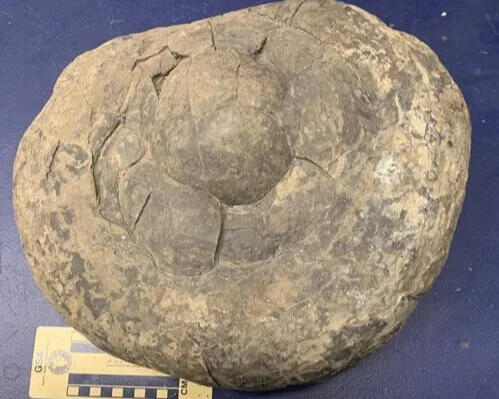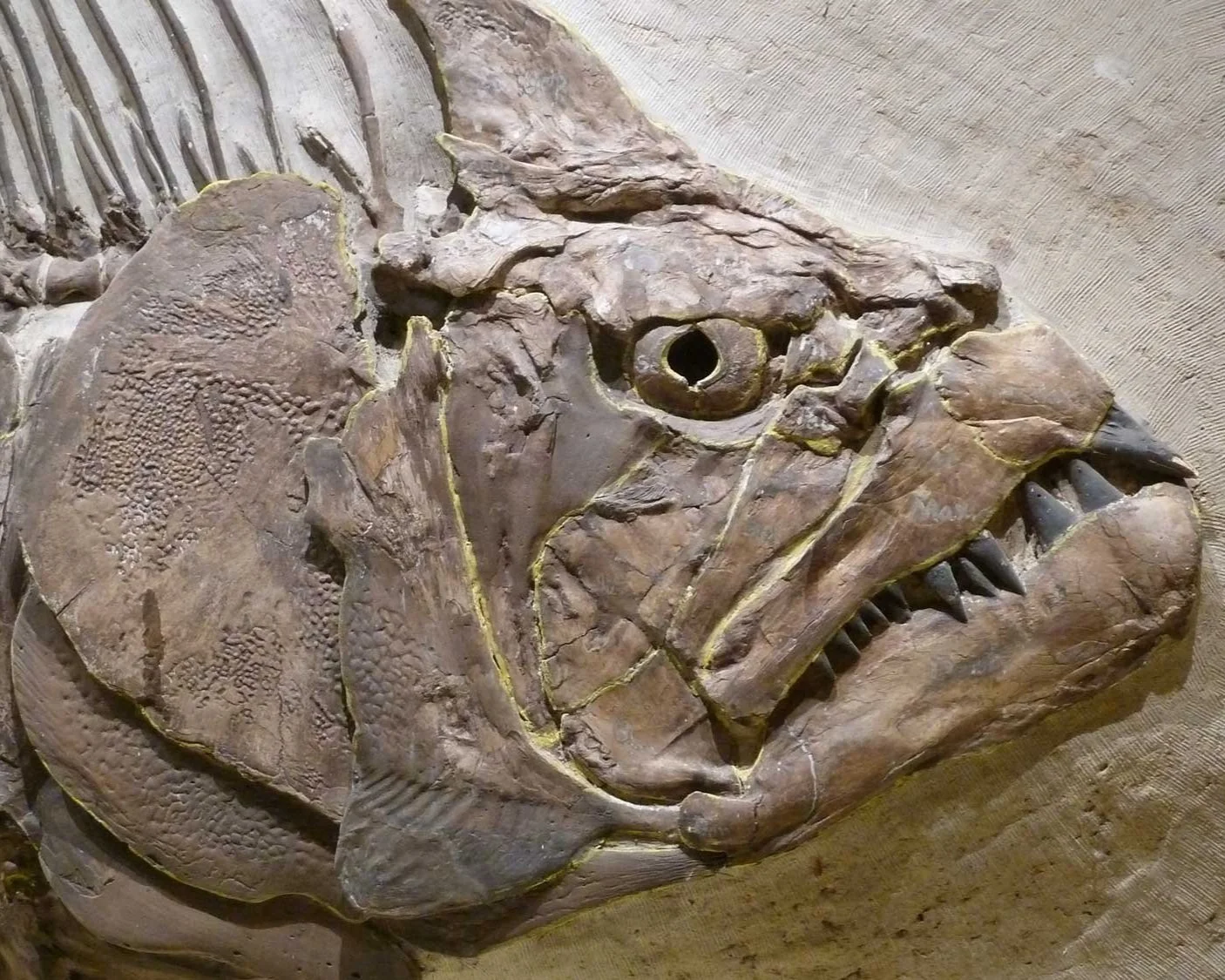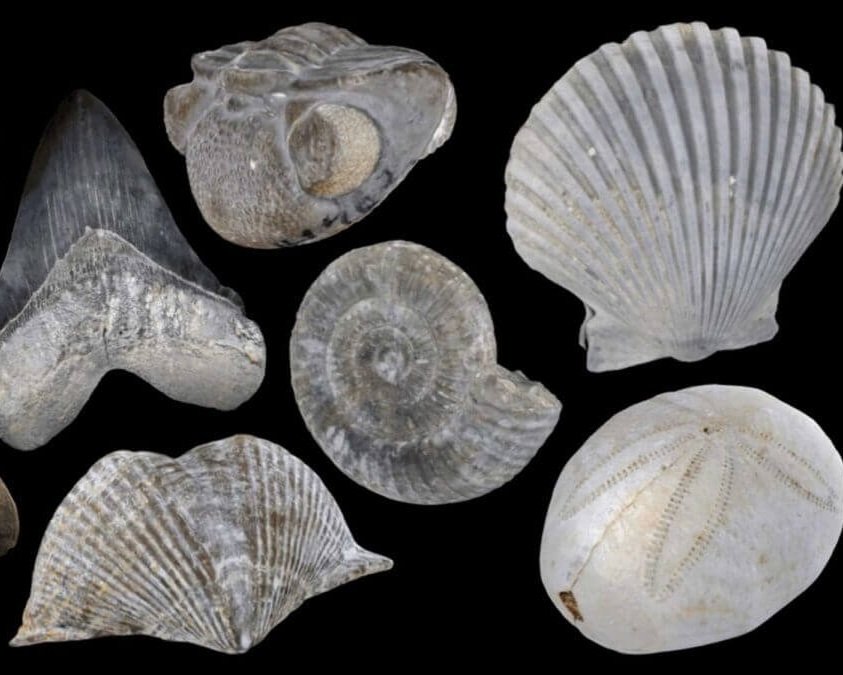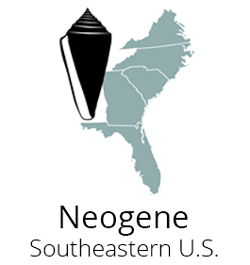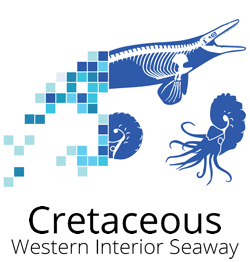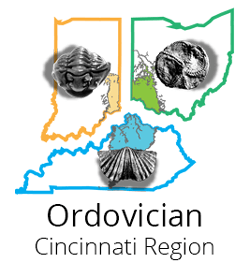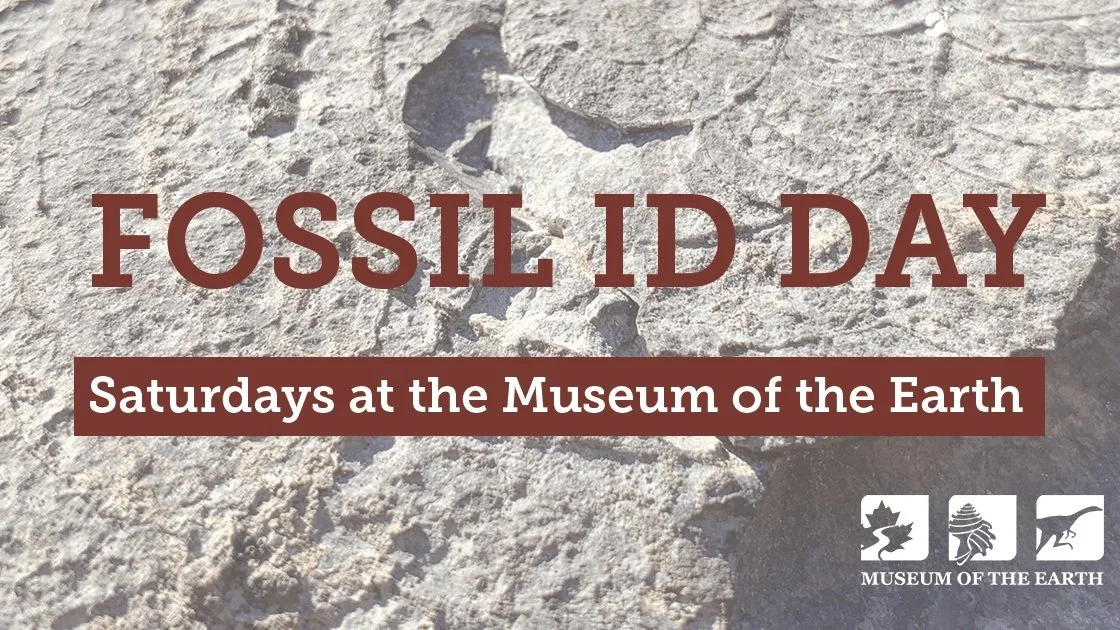Have a rock with what looks like a shell on it? Or maybe befuddled by your child's latest rock discovery? Here are some resources to help you identify it and reveal its story!
Concretions are commonly misunderstood geologic structures. Often mistaken for fossil eggs, turtle shells, or bones, they are actually not fossils at all.
Check our quick fossil ID guide on Earth@Home, as well as our section of Quick Guides and FAQs for quick answers to all of your Earth science questions.
The Digital Encyclopedia of Ancient Life is an open access "textbook" about fossils and the history of life on Earth.
We have used photogrammetry to create interactive 3D models of fossil specimens from the collections of the Paleontological Research Institution.
Digital Atlases
The Digital Atlases of Ancient Life are online field guides to fossils from particular time intervals and regions of the United States. Each Digital Atlas provides overviews of hundreds of species, as well as high-quality images and occurrence information to help you identify your fossil discoveries.
Although a large body of literature has been devoted to the Devonian rocks and fossils of New York, most of this is not readily accessible to the non-professional fossil enthusiast. This volume fills that need.
More to Explore
Preparing Fossils: How Fossils are Removed from Rock
To see and study fossils embedded within sedimentary rock, the rocky matrix must first be removed, a process known as fossil preparation. In this video, learn about some of the standard and specialized tools to prepare fossils. This video accompanies the public Preparation Laboratory exhibit at the Museum of the Earth of the Paleontological Research Institution in Ithaca, NY.
Fossil ID Day
Second Saturday of each month | 10am - Noon
Included with Museum admission
Have a rock with what looks like a shell on it? Or maybe befuddled by your child's latest rock discovery? Bring it to the Museum of the Earth and an expert will help you identify it and reveal its story!
I want to be a paleontologist! A guide for students
Paleontology is more than just dinosaurs! Paleontology is the study of the history of life on Earth as reflected in the fossil record. Fossils are the remains or traces of organisms (plants, animals, fungi, bacteria and other single-celled living things) that lived in the geological past and are preserved in the crust of the Earth.
Apply to be a Volunteer
Help prepare fossil specimens in the Museum’s Prep Lab!
Our volunteers are integral to our overall organization. Become part of our diverse and dynamic group and expand your knowledge about paleontology, geology, evolution, sustainability, environment, climate change, and nature issues. Your volunteer efforts will help others discover the exciting world which they inhabit.



